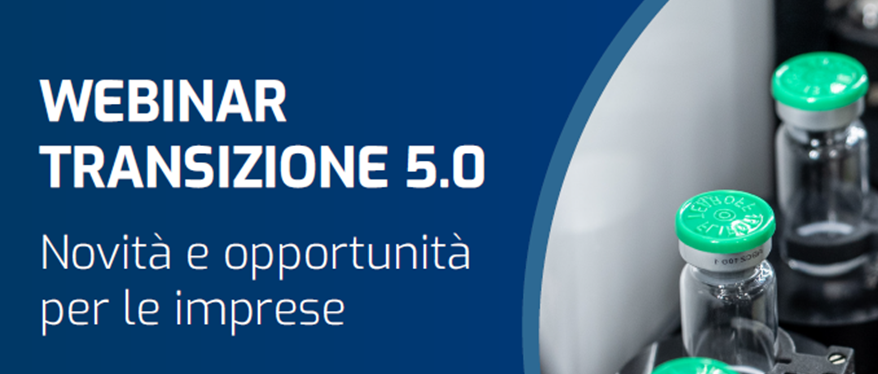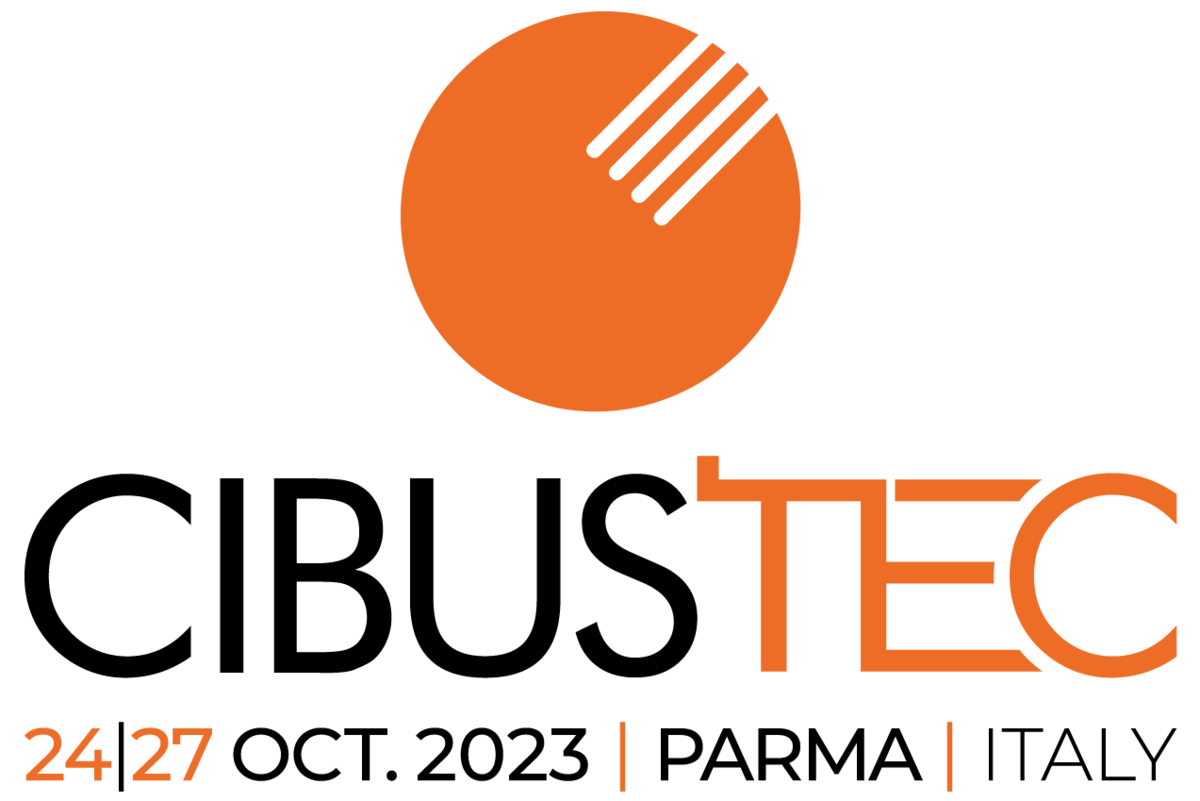How Hapa technology is helping Recipharm in Pianezza reduce aluminum foil consumption in blister production by 30 percent while maximizing efficiency
The keys to success for contract development and manufacturing organizations (CDMOs) in the pharmaceutical industry are high efficiency, speed and reliability. By pursuing these goals, the Swedish company Recipharm has become one of the top five players worldwide. It most recently reported revenues of around 1.1 billion euros, generated by almost 9,000 employees in 30 production facilities across ten countries. From tablets, capsules and inhalation drug devices to other pharmaceutical goods, its comprehensive services cover the entire life cycle of a product. Recipharm consistently strives to get products to market in a time- and cost-efficient way.
This ambition also applies to its plant in Pianezza near Turin, which among other things produces more than 100 million blisters a year. But it’s the number of variants, rather than the sheer quantity, that poses the biggest challenge. “We currently have nearly 90 active artworks,” explains Gerardo Cappitella, the company’s Operations Director in Pianezza. In order to achieve high overall equipment effectiveness (OEE) despite the enormous number of SKUs and fluctuating batch sizes, Recipharm relies on digital inline printing technology. “It enables us to use just a single grade of blank aluminum foil, which helps us reduce complexity in the supply chain and optimize warehousing.” In the last few years, Recipharm has adapted three existing high-speed blister lines to accommodate Hapa DOD inkjet technology. “We are more than satisfied with the outcome,” insists Cappitella. “We were looking for a solution that would allow us to print all of the world’s languages, including Chinese with its complicated characters.”
Instantaneous changes
Against this background, Recipharm opted in favor of the Hapa WebJet. This versatile, single-color digital printing system can be integrated in most any blister line. It prints graphics, text and variable data, including unusual characters and codes, with phenomenal clarity and a resolution of 360 dpi. “That was a key requirement for us because the drugs we produce are distributed all around the world,” says the Recipharm Operations Director. “By eliminating the need to produce physical artwork or adjust printing systems mechanically, we can change the print output instantly in any way to reflect the needs of our customers or relevant regulatory authorities.” The Hapa WebJets take care of both the artwork and printing the lot number and expiry date on every blister pocket.
No more compromises
Before transitioning to Hapa technology, Recipharm had already trialed digital inline printing in Pianezza, initially with toner-based systems. “Unfortunately, these printing systems only delivered a low resolution and, to achieve an acceptable quality, required long setup times and relatively large quantities of aluminum foil,” comments Gerardo Cappitella. This also entailed lengthy and recurring production interruptions for the blister lines. Thanks to the adopted Hapa solution, the plant in Pianezza has reduced aluminum foil consumption by 30 percent and downtimes by 20 percent. Another drawback of the toner technology was the previous manufacturer’s lack of Italian-speaking engineers. Communication was inevitably very difficult at times. “And we had to schedule engineers’ visits a long time in advance, which isn’t acceptable in the event of unforeseen breakdowns.” In contrast, Hapa has been cooperating for decades with a dense global network of experienced service partners operating in their home markets. The Italian partner Vis Viva has sites in Perugia and near Novara, so that a rapid response is always ensured. “Our partners also have detailed knowledge of the pharmaceutical sector’s requirements. In consequence, they collaborate very productively with both us and, of course, our customers,” explains a Hapa expert.
End-to-end solution
“Installing the Hapa printers immediately delivered huge benefits. We slashed setup times, and all of us were very impressed by the print quality from the outset,” comments Cappitella. “Our customers responded extremely positively to these improvements as well.” The hardware was only one of the contributory factors. Given that Hapa also develops and produces its own inks, it can match these perfectly to customers’ preferred substrates and downstream processes. “We had to align our artworks with the new technology, of course, and train our operators,” reports Cappitella. “But Hapa and Vis Viva provided excellent support right from the start.” The operators are now delighted with the Hapa technology – for one thing, cleaning the old toner-based system was hard work. Liquid ink makes cleaning simpler and it is easily and quickly topped up without interrupting production.
A future-proof choice
Recipharm plans to install another Hapa printer in Pianezza, in a new blister line, in 2022. The successful CDMO attaches importance to future-proof investments for other reasons as well. Looking ahead, Gerardo Cappitella says, “It’s conceivable that some customers will want to migrate from printing blisters only in one color to two colors, such as black and red, without losing any existing efficiency and quality benefits. We already know that Hapa is even capable of printing CMYK colors digitally and inline.”







